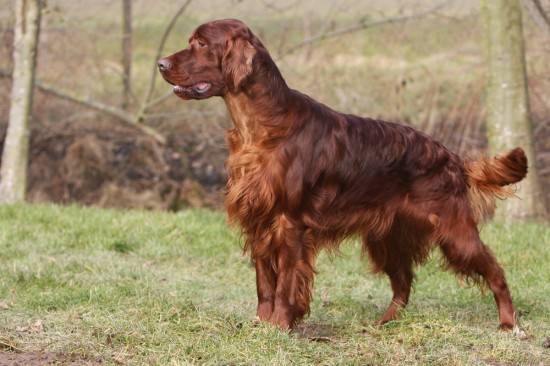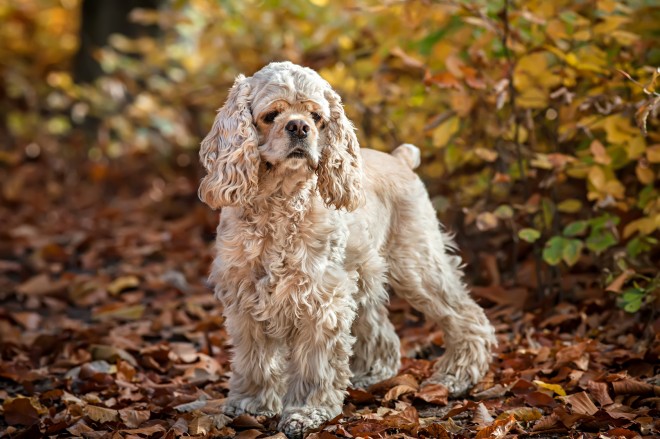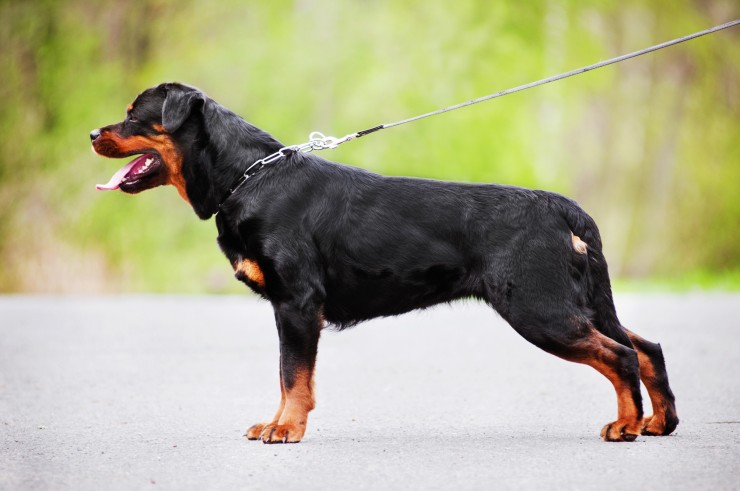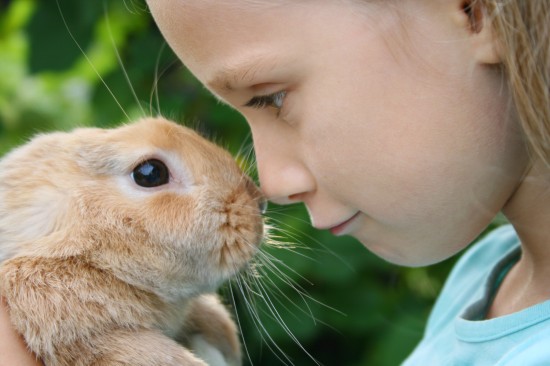

The very term ‘eugenics’ itself is steeped in a sometimes dark and unpalatable history, and eugenics of any form is automatically considered to be morally wrong by many people. While there is no dispute that some forms of eugenics and the practice of eugenics when taken to extremes are both unnecessary and cruel, is eugenics as a whole a bad thing, can some forms of eugenics actually be positive, and is selective breeding and eugenics still relevant to the canine population today? Read on to find out more.
Eugenics is an applied science, meaning one that uses existing scientific knowledge to manipulate practical applications. Eugenics is a philosophy as well as a science; the philosophy being concerned with improving the quality of the gene pool and the population, and the science being concerned with the practical application of it. Eugenics is best described as the artificial manipulation of a population (such as a breed of pedigree dog) to encourage a range of desirable traits and breed out other undesirable traits across the breed as a whole.
Eugenics as a concept was initially formulated as part of the study of the human population in Victorian England. Eugenics became more widely known and gained a great degree of infamy later on, in the middle of the 20th century when it formed one of the core beliefs and principles within Hitler’s Germany. Under the Nazi reign, eugenics was used to cull and manipulate large parts of the human population that were seen as ‘undesirable’ by the people in power; such as the disabled, Jewish people, and other races and social groups that did not conform to the Nazi ideal of the perfect ‘master race.’
The main moral and ethical issues surrounding eugenics today are multitude. Broken down into their simplest forms, they can best be explained as:
Any pedigree dog breed that we know today has a history of eugenics within its formation, and the principles of eugenics are still applied to pedigree dog breeding today. Despite eugenics often-dark history and the sinister undertones that sometimes accompany people’s perception of the word, eugenics does not necessarily imply the culling of animals or other cruel and immoral practices that were made famous in Nazi Germany. Eugenics in its simplest form can simply mean striving to breed the best quality of pedigree dog possible; mating only top quality dogs and making the choice not to breed from animals that do not conform as strongly to the desirable traits of the breed.
While it used to be commonplace among many breeders to cull puppies that did not conform to the standards that they wanted, these days The Kennel Club expressly forbids the culling of healthy puppies simply to conform to a so-called desirable breed standard. Nowadays, puppies are spayed or neutered so that they cannot reproduce if they not considered by a show dog breeder to be of the kind of quality demanded from dogs of the breed. Of course, like many dog owners, many pedigree dog breeders are perfectly happy simply to produce healthy, viable puppies in perpetuity, and are not concerned with artificially manipulating the traits of their bloodlines to meet show standards.
There are many grey areas surrounding the application of eugenics in the pedigree dog world, and many people feel that the development of dog breeds should not be manipulated or directed by people at all. The other issue that arises from canine eugenics involves the stewardship of the breed standards themselves, and who decides what they are. Often, what is considered to be a good show standard pedigree dog by modern standards is significantly different to the historical appearance and traits of the dog, a change that almost always comes about by means of selective breeding and the changing of breed standards to artificially manipulate the evolution of the dogs in question. Is this right or wrong? For many people, it is very definitely wrong.
As well as the moral implications of artificially directing the progression and evolution of a dog breed, come the very tangible physical manifestations of eugenics and selective breeding. When dog breed authorities decide upon the desirable traits of a dog, historically, these have often been based around what looks nice in the eye of the beholder, or what is unusual or unique. Sometimes, the traits that came about as the result of a genetic mutation that evolution would ultimately have bred out of the breed altogether are encouraged and bred into successive generations due to the application of eugenics; and these things are all too often mutually exclusive to good health and wellness for the dogs concerned.
The answer to this question greatly depends on the reader’s interpretation of ‘necessary.’ In order to produce robust, healthy and viable offspring of any breed in perpetuity, the answer is almost certainly ‘no.’ Natural selection and evolution are as relevant to the dog world as they are to any other area of biology, and the artificial manipulation of these things are not essential or necessary to the evolution of dogs.
However, in order to maintain breed standards, produce dogs to show standard and retain the familiar and desirable traits of any dog breed as we know it today, selective breeding or eugenics almost always has to be applied at some level.
The core issue as to the relevance of eugenics and the establishment of breed standards very much depends on how we, as dog owners, view such things. Should our dogs be valued for conforming to set traits and standards that may not have occurred or progressed to the point that they are at naturally; or should our perception of what is desirable, laudable or good in the appearance and traits of the dogs that we love reflect the natural evolution of those dogs themselves?
While the answer to this question might be very simple for many of us, the philosophy of dog showing, breed standards and the stewardship of the dog world as a whole by its various governing bodies would seem to indicate that it is not.
What do you think about canine eugenics and the establishment of breed standards? Tell us in the comments.
 Cat Hairball Treats Reviews
Hey Cat Owners, you know you will eventually end up find
Cat Hairball Treats Reviews
Hey Cat Owners, you know you will eventually end up find
 The Difference Between An American Spaniel And An English Cocker
The Difference Be
The Difference Between An American Spaniel And An English Cocker
The Difference Be
 How Do Pets Deal With The Loss Of A Limb?
How Do Pets Deal
How Do Pets Deal With The Loss Of A Limb?
How Do Pets Deal
 The Rottweiler And Hip Dysplasia
The Rottweiler An
The Rottweiler And Hip Dysplasia
The Rottweiler An
 Children & Rabbits
Children & Rabbit
Children & Rabbits
Children & Rabbit
Copyright © 2005-2016 Pet Information All Rights Reserved
Contact us: www162date@outlook.com